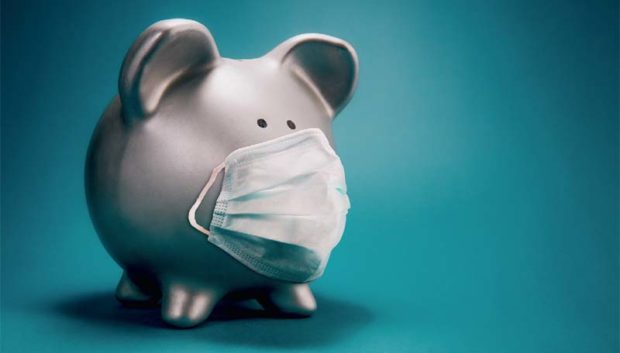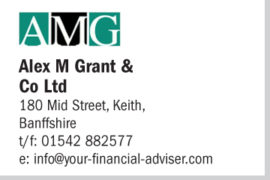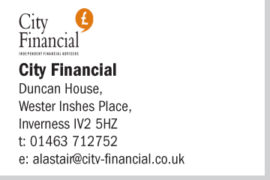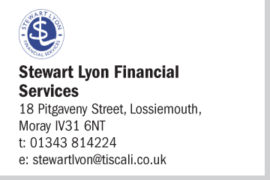INDEPENDENT FINANCIAL ADVICE ON MONEY MATTERS AROUND THE HIGHLANDS, ISLANDS & MORAY
What are the markets anticipating?
Market volatility has been picking up at the same time as the headlines about case numbers and lockdown measures are deteriorating. As ever though, with markets, the cause and effect is a little murkier than intuition would suggest.
For example, from the fund managers and counterparties who we speak to, and from surveys we see, it seems the general consensus amongst investors has been to expect consecutive waves of Covid-19 until such time as there is a widely available vaccine.
Whilst the news from Pfizer has been welcome we feel many more hurdles need to be met before we return to anything close to normal.
Covid-19 has clearly had a devastating effect on the profits of many companies. Profits in 2020 and 2021 are expected to be heavily impacted. Will the return of Covid-19 mean a return to the kind of volatility seen earlier in the year?
While many companies have reduced costs their efforts to do so will reduce revenues at their suppliers, which weighs on the economic recovery.
The difference between March and now is that the volatility which took place earlier in the year occurred because investors suddenly had to recognise the loss of the next few years’ earnings.
Furthermore, policymakers were at the time trying to tighten monetary policy, whereas now they recognise they need to loosen it. It was what Donald Rumsfeld would call an unknown unknown – the significance of which dawned on investors very rapidly indeed. That kind of abrupt adjustment is behind us.
The economic effects of efforts to suppress the spread of Covid-19 are now much more of a known-unknown, but with market expectations of ebbing and flowing regional measures to try and slow a second wave, the virus nonetheless remains an important factor. However, we expect it to form part of a ‘wall of worry’ that the markets will actually be able to climb.
This phrase captures the way in which markets are often more resilient in the face of known risks than might intuitively be expected. It is assumed to reflect that investors gradually become resigned to the fact that these issues will be resolved in due course.
It does not hurt that such circumstances also tend to coincide with periods when monetary policy is very supportive. Also given the worsening picture in terms of the spread of the virus itself, we would expect to see an extension or adaptation of previous stimulus packages, to keep any immediate economic damage to a minimum.
That is necessary to minimise the expected increase in unemployment, and seems to be recognised in the UK where the chancellor has announced further employment support measures.
Similarly, in Europe the ECB are preparing further measures to boost lending and in the US the Federal Reserve are remonstrating with Congress to pass further stimulus measures.
Other factors at work?
It’s also worth considering the current market context. Global equities have staged one of their biggest expansions on record over the six month recovery period since the extreme turbulence in March.
Sporadic periods of volatility are common in markets anyway, but more so after strong gains as optimism and pessimism ebb and flow.
One thing seems certain; that there will be disruption to life as we know it until well into 2021. While restrictions may not take the form of the national lockdowns seen previously, even targeted measures will still have an economic impact. However, from an investment perspective, the belief that there will ultimately be a resolution will give enough confidence to the markets to look through these extraordinary circumstances to the other side of the crisis.
Contact your local Independent Financial Advisers for a no obligation initial discussion – Click to visit their website:







